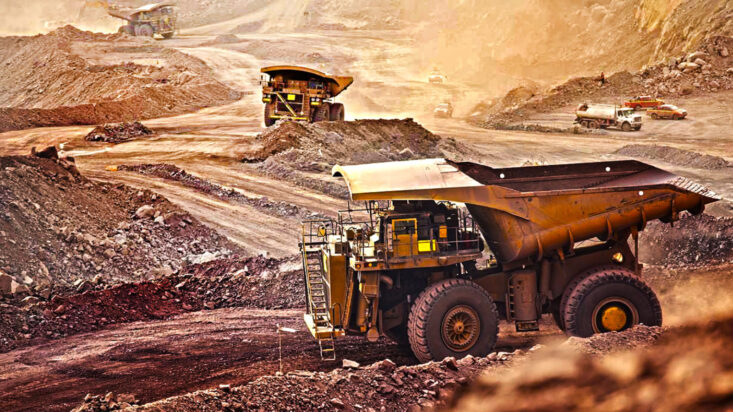The price is right for commodities
High iron ore prices are unlikely to have escaped the attention of Australian investors given the inevitable BHP or RIO holdings. Commodities, in general, have left many other traded goods in their dust over the past twelve months. Lumber, pulp, rubber and chemicals have been joined by gas prices to take the IHS Markit Material Price Index to its highest level since early 2014.
The recent pop in bond yields is on the back of inflationary expectations. It would be rare to have inflation without commodity price rises or a wage-driven cycle. Higher wages still look unlikely, but the cost of goods is already becoming a problematic issue. By way of example, global freight costs have doubled over the last quarter, reflecting congestion at berths and container backlogs. These could well remain a feature given lack of investment and the changing pattern in trade flows.
Renewable technologies and electric vehicles are another driver of raw material prices that is only set to accelerate. The US Manufacturing ISM data captures it all, with all 18 reporting industries facing higher prices, and this index component at its highest reading since 2011.
The question is whether this will persist, setting up a commodity cycle, or whether the pressure will ease once economies overcome their post-COVID recovery phase. There are two forces to consider. The first is the absence of deflation from global trade as countries aim to shore up local production. The bigger impact comes back to monetary and fiscal expansion.
Post-2008, banks reduced their loan volumes, credit markets bunkered down and the consumer went off the boil. This time conditions are very different: households have been able to save, lending has diversified into private markets and corporate credit is hardly tight.
It was followed by the rise of the internet and online giants that changed pricing for media and for consumers. These are still in play, but the scale of change and falling prices may not be as prevalent. If social media has to pay for content, one can bet that a cost rise in their ‘hit’ rates will be next.
Today, the talk is turning to transforming other industries. Auto and energy are front of mind. These are commodity consumers. Goods demand may therefore persist, the question is whether the supply side can respond, causing commodity prices to retrace.
We can forget that expansion requires capital. New technology has had no problem, an overflowing cup of investors is willing to risk capital in the hope of multiple returns. Cyclical, unfashionable, capital-intensive companies are reliant on debt markets. Interest rates may be low, but only a few with big balance sheets can utilise those. Private equity, by way of example, won’t touch the commodity sector.
Another unresolved dilemma will be the rise of ESG funds that frequently avoid any commodity stocks, as too controversial for their mandate. This will leave these companies reliant on a smaller cohort of investors, such as hedge funds. That’s hardly stable or low-cost capital!
For those who wish to allocate to commodities, the choices are limited. Many indices are still very heavy on energy, or with allocations to non-energy commodities that are not those that most would want. Active funds are even thinner on the ground.
The frustration is that we may face-into commodity inflation without an investment proposition. There are a few with a skew to emerging markets commodity companies, yet for others the solution is inflation-linked product. This will give a muted but lower volatility path. Examples are CPI formulas in real assets.
Inflation may not take off, yet investments that lean into this theme are drifting into favour.











